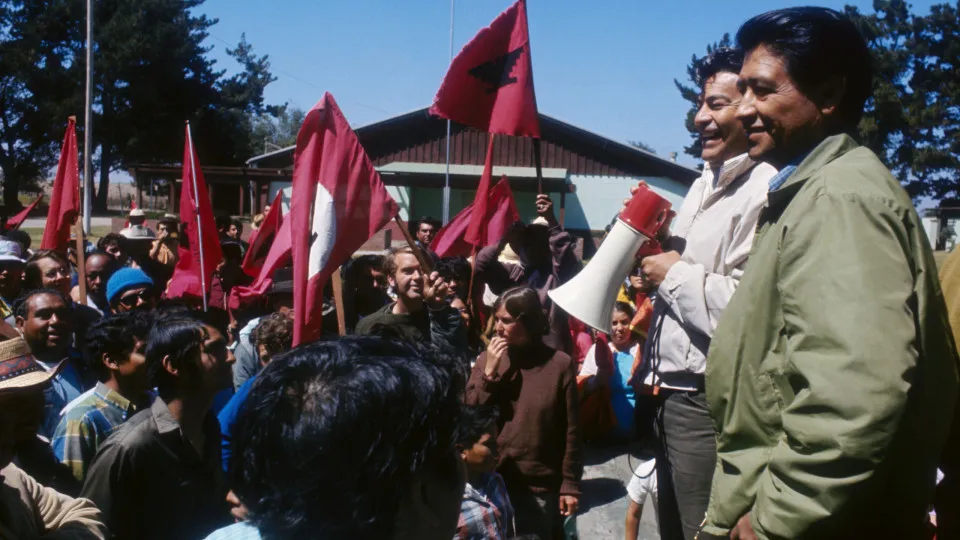Many historians would argue that the story of human history is the history of labor. The ways we work, the reasons we work, and the entities we work for have changed innumerable times over the millennia, and neatly coincide with some of the most formative eras in history. From the autonomous hunter-gatherers who worked an average of 15 hours a week, to feudal serfs who handed over the majority of their crops to their king, all the way up to the factory workers of today who devote almost 40% of their waking hours to faceless, corporate behemoths, labor organizations have always been responsible for protecting our most basic rights as workers.
The fight continues to this day and, as new unions across the world pop up, now is as good a time as ever to look through the history of labor unions and all they have done to make work safer, fairer, and more dignified.
Intrigued? Read on to learn the story of global unionization.



